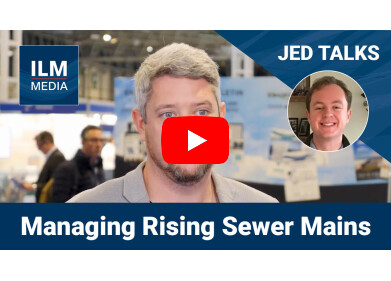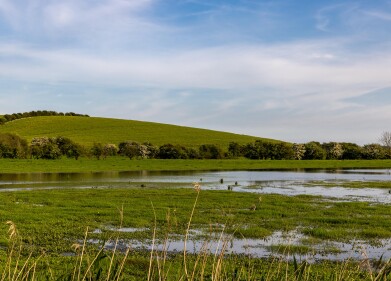-
 Better infrastructure will help reduce water pollution
Better infrastructure will help reduce water pollution
Water Pollution Monitoring
EPA awards green infrastructure funding to reduce water pollution
May 07 2014
Around $860,000 (£506,538) is being awarded by the US Environmental Protection Agency (EPA) to 14 communities to help reduce water pollution. The money will be used to expand green infrastructures within each of the community, leading to better water quality and helping them to increase their resilience to the issues created by global warming.
According to the EPA, the move falls in line with President Barack Obama's Climate Action Plan, which states that federal agencies should help support communities to be ready for climate change.
Gina McCarthy, EPA administrator, said: “Investing in green infrastructure pays off for our environment and our economy. It reduces water pollution and energy consumption while creating jobs. These investments help local communities build resilient systems to protect from severe storms, floods, and other impacts of climate change.”
The EPA had previously awarded $2.2 million worth of funding to 39 different communities to help them improve green infrastructures and increase their preparedness for the effects of global warming. Improvements to green infrastructures aids with this goal as they can help cut down on the burden felt by local water infrastructures.
The latest round of funding will not only lead to better water quality, it will help to maintain good levels of human health while also providing a greater amount of local economic activity. Neighbourhoods will also benefit from revitalisation in the form of cheaper energy, job creation and more open spaces.
The 14 communities that have been allocated funding include Albuquerque, New Mexico, Clarkesville, Georgia and Norfolk Virginia. The communities will receive a number of different projects as a result of the money, such as systems to recycle rainwater for the irrigation of rooftop vegetable gardens and work to address shoreline erosion.
Green infrastructures will help by treating rainwater where it falls and reducing the amount of polluted storm water that is able to enter sewer systems. The infrastructures will make use of a number of tools, including new street designs, rain harvesting systems and permeable materials.
Digital Edition
AET 28.4 Oct/Nov 2024
November 2024
Gas Detection - Go from lagging to leading: why investment in gas detection makes sense Air Monitoring - Swirl and vortex meters will aid green hydrogen production - Beyond the Stack: Emi...
View all digital editions
Events
Dec 02 2024 London, UK
Dec 03 2024 Dusseldorf, Germany
Dec 11 2024 Shanghai, China
Jan 12 2025 Abu Dhabi, UAE
Jan 14 2025 Abu Dhabi, UAE

-min.jpg)











.jpg)




